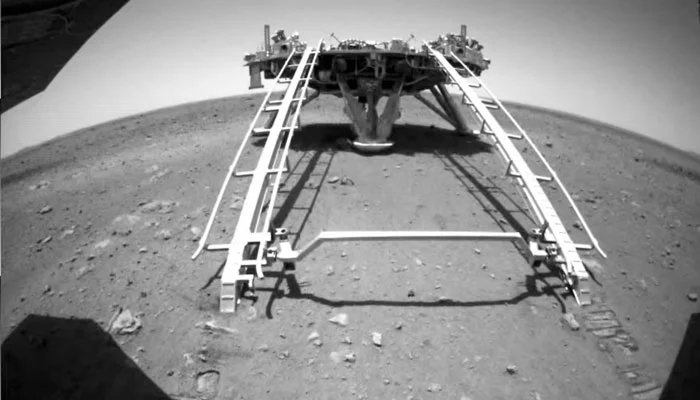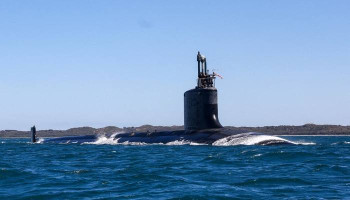
China’s Zhurong rover recently found evidence underneath the Martian surface, indicating the existence of ancient sandy beaches, associated with a vast ocean that may have covered parts of the planet billions of years ago.
The rover discovered numerous layers of material buried 10-35 metres deep, using ground-penetrating radar, which is similar to coastal deposits discovered on Earth.
These structures, crossing up to 1.2km (three-quarters of a mile), were tilted at an angle typical of underwater beach formations, which supports the theory that an enlarged body of water once existed in Mars’ northern plains.
The ocean, named Deuteronilus, presumably existed between 3.5 and 4 billion years ago when Mars had a thicker atmosphere and a warmer climate. Researchers suggested that such an environment is favourable for microbial life.
Guangzhou University planetary scientist and researcher on China’s Tianwen-1 mission Hai Liu stated: "The Martian surface has changed significantly over billions of years, but our radar data provides direct evidence of buried coastal deposits."
The study, published in Proceedings of the National Academy of Sciences, suggested that the ocean continued long enough for wave action to transform the landscape.
The rover explored Utopia Planitia, a big Martain plain, eliminating alternative explanations for the formations. Researchers considered wind-blown dunes, deposits, and more but discovered that processes similar to beaches best matched the observed patterns.
According to scientists, Deuteronilus disappeared as Mars underwent great climate changes, with much of its water going into space or trapped underground.
Recent research suggested that vast reservoirs of liquid water may still exist underneath the surface. The recently found formations, buried under layers of sediment, are well-preserved, providing deep insights into Mars’ lost oceans.
















